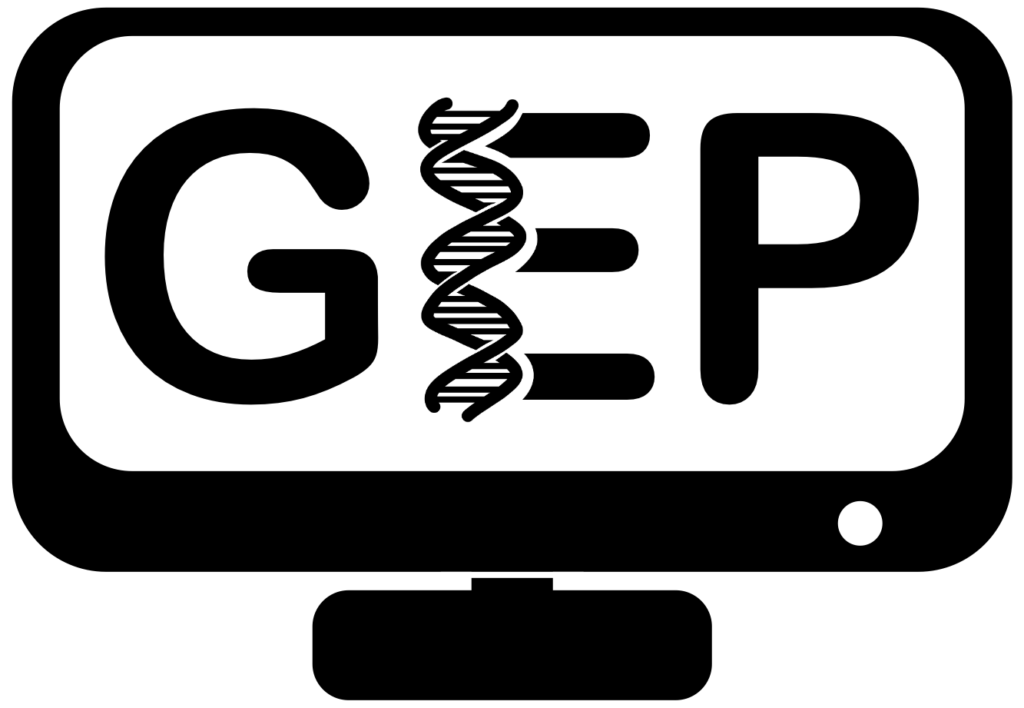Design and Use of RepeatMasker
Similar to the lecture notes on Repetitious DNA, this is a PowerPoint presentation given by Dr. Jeremy Buhler for the GEP faculty and TA workshops. This presentation covers the basics of RepeatMasker, as well as limitations of the program that students should be aware of.
